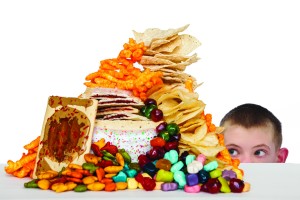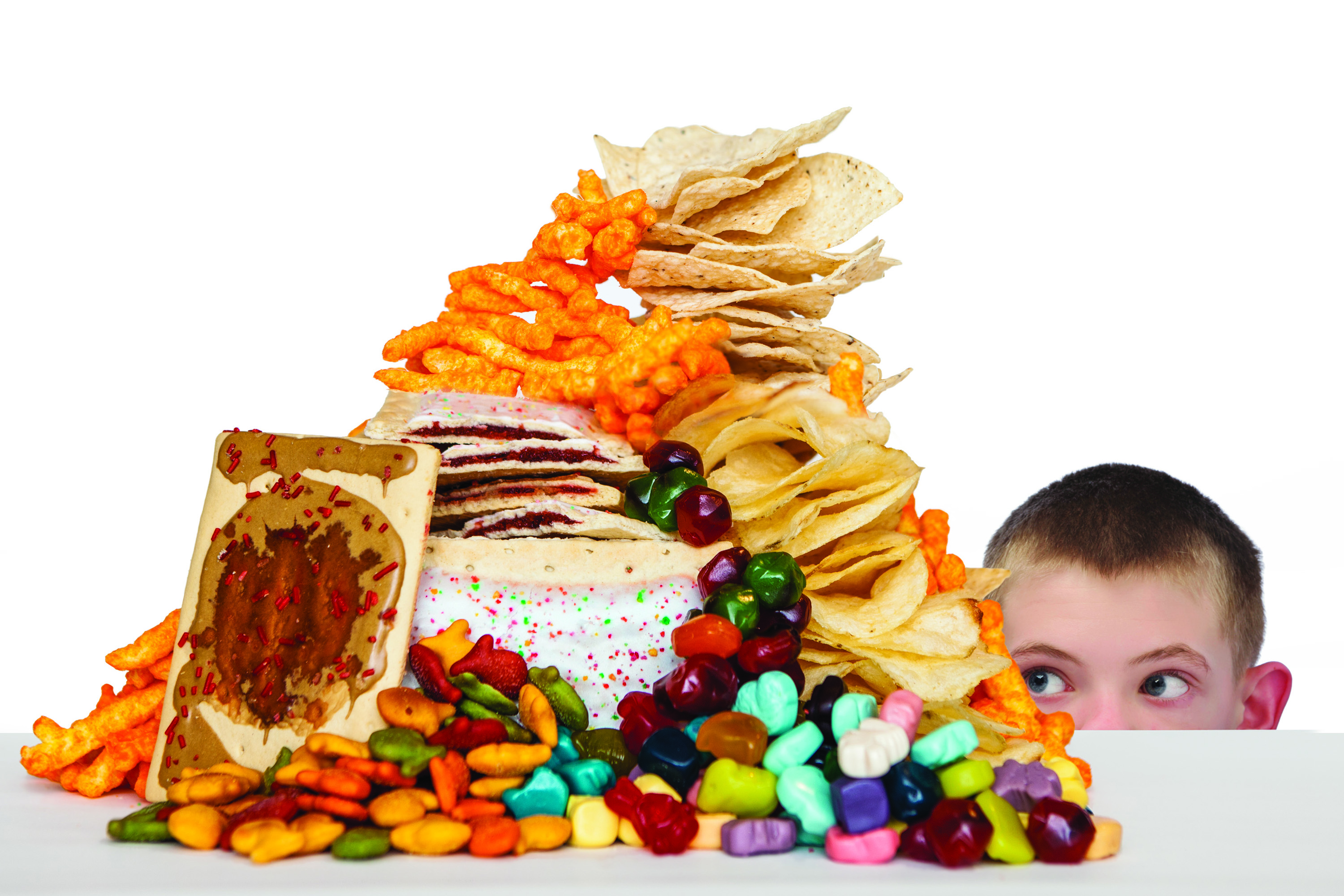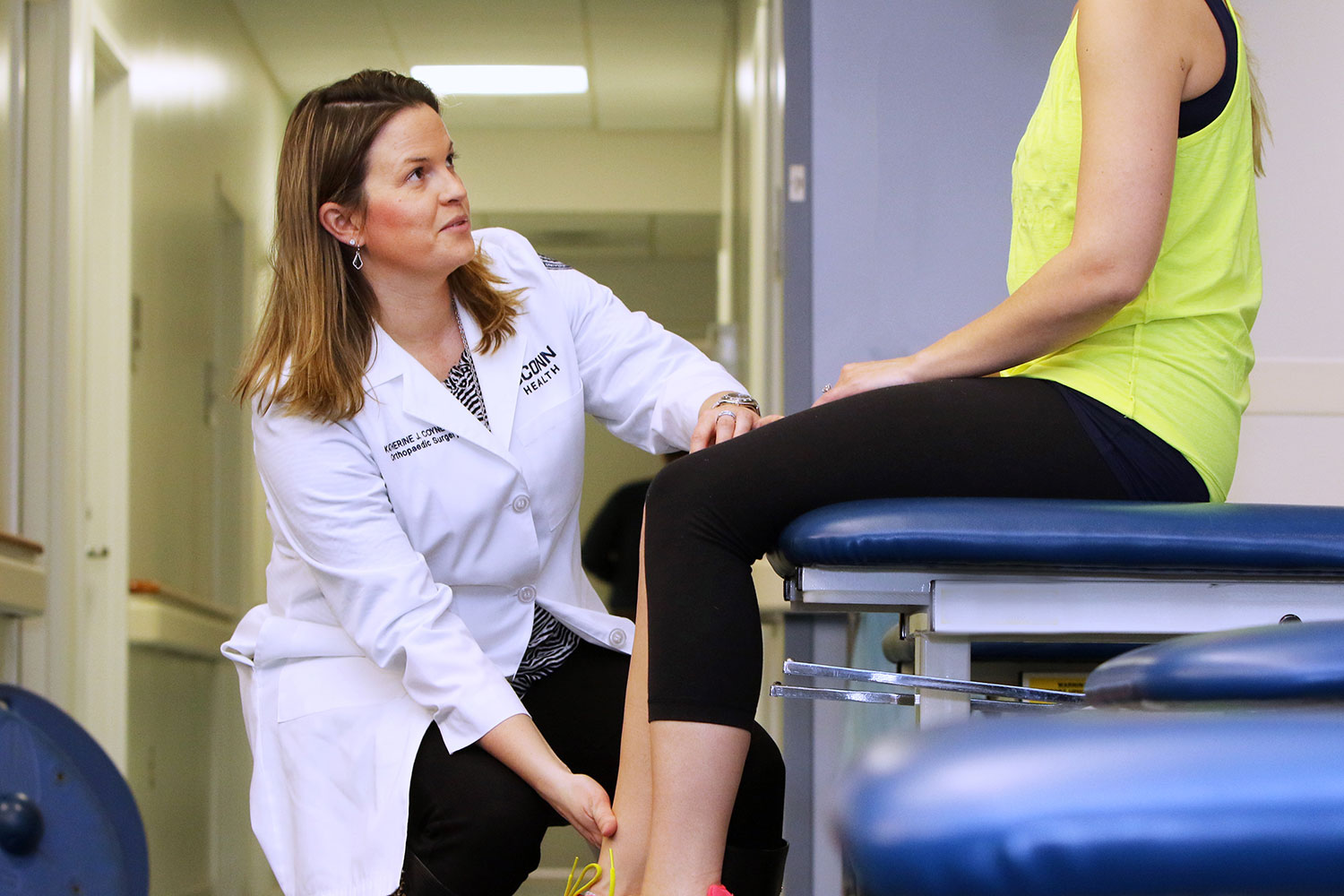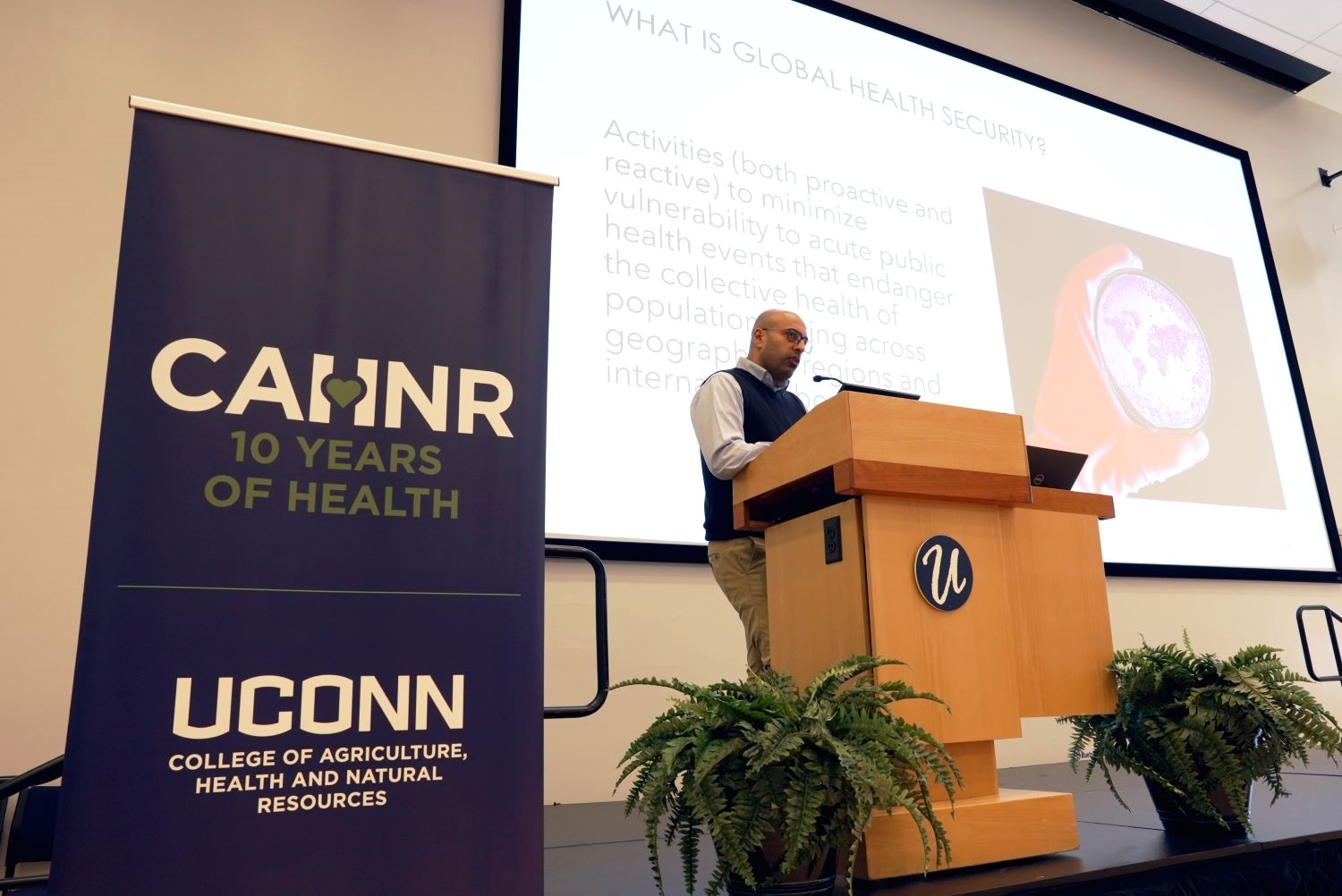Children saw substantially more television advertising for unhealthy snack foods in the past five years, according to a new study, Snack FACTS, by the Rudd Center for Food Policy and Obesity at the University of Connecticut.

Children’s and teens’ exposure to TV ads for unhealthy snack foods such as cookies, chips, and fruit snacks increased from 2010 to 2014, despite companies’ promises to market healthier products to children. Companies have developed some healthier snacks to meet updated national nutrition standards for snacks sold in schools, “Smart Snacks;” but with the exception of yogurt, these healthier products were not advertised to children on TV or the internet, the new study shows.
“Companies have recognized the business opportunity in marketing healthy snacks to children and teens in schools. Now they must also recognize that aggressive marketing of unhealthy snack foods to young people is not worth the cost to children’s health,” said Jennifer Harris, an author of the study and the Rudd Center’s Director of Marketing Initiatives.
On a positive note, healthier foods including yogurt, fruit, and nuts accounted for almost 40 percent of snack ads that children viewed on TV in 2014. Advertising for fruit and nuts directed at teens more than doubled since 2010, and ads for fruit and nuts aimed at preschoolers and children more than tripled. However, fruit and nuts still represent only a small fraction of the snack ads viewed by children, while yogurt accounts for one-third.
The Snack FACTS report, funded by the Robert Wood Johnson Foundation, shows that companies’ advertising disproportionately targets unhealthy snack foods to black and Hispanic youth, and the disparities in exposure between white youth and their black and Hispanic peers increased from 2010 to 2014. Black teens, for example, saw 129 percent more ads for savory snacks like chips than did white teens. Spending on sweet and savory snack advertising on Spanish-language TV increased substantially in the five-year study period, while yogurt advertising declined dramatically.
Companies participating in the Children’s Food and Beverage Advertising Initiative (CFBAI) have voluntarily pledged not to market unhealthy products like chips to children ages six to 12, and not to advertise to children under six at all. Despite these promises, children aged six to 11 saw 53 percent more TV ads in 2014 than 2010 for snack foods that companies pledged they would not advertise directly to children under 12.
Harris presented the findings on Nov. 2 at the annual meeting of the American Public Health Association in Chicago.
Key Findings: Opportunities for Improvement
• Children ages six to 11 saw on average 1.5 snack food ads per day on TV in 2014 for brands from companies participating in the CFBAI. Forty-four percent of these ads promoted brands that companies pledged they would not advertise directly to children, including Nature Valley Snack Bars, Pop-Tarts, and Tostitos.
• Despite CFBAI company pledges that they will not advertise at all to children under six, children two to five years old viewed on average 1.4 snack food ads on TV every day in 2014 from CFBAI companies. Preschoolers viewed just 8 percent fewer of these ads than did older children.
• Spending to advertise healthier yogurts declined by 93 percent on Spanish-language TV from 2010 to 2014, while spending on sweet snacks increased by 30 percent and spending on savory snacks increased 551 percent. Unhealthy snacks accounted for 89 percent of snack food ads viewed by Hispanic children on Spanish-language TV in 2014, up from 39 percent in 2010.
• Black teens saw on average 3.1 snack food TV ads per day in 2014, while white teens saw 1.5 ads per day. Black teens saw 2.3 times as many savory snack ads and more than twice as many sweet snack ads as white teens, but just 1.8 times more yogurt and fruit ads. Brands with the highest disparities in exposure included Doritos, Oreo Cookies, and Pop-Tarts.
Key Findings: Positive Developments
• In 2014, TV ads for yogurt represented more than one-third of snack ads viewed by preschoolers and children, and one-quarter of snack ads viewed by teens. Together, healthier yogurt, and fruits and nuts represented 39 percent of snack ads viewed by preschoolers and children, and 31 percent of snack ads viewed by teens in 2014.
• Children’s exposure to TV ads for healthy fruit and nut snacks more than tripled from 2010 to 2014, although these categories represented just 5 percent of all snack food ads they saw on TV in 2014.
“We are seeing some progress in marketing healthier snacks to children and teens. However, this report demonstrates that CFBAI pledges need to be strengthened if companies are serious about decreasing children’s exposure to ads for unhealthy products,” said Marlene Schwartz, an author of the study and the Rudd Center’s Director.
The Snack FACTS report analyzes the marketing practices of 43 different snack food companies. Five of these companies, General Mills, Kellogg Company, Mondelez Global, PepsiCo, and The Dannon Company, were responsible for two-thirds of the $1.28 million spent to advertise snack foods in 2014.
The full report and fact sheets are available on the Rudd Center’s website.



